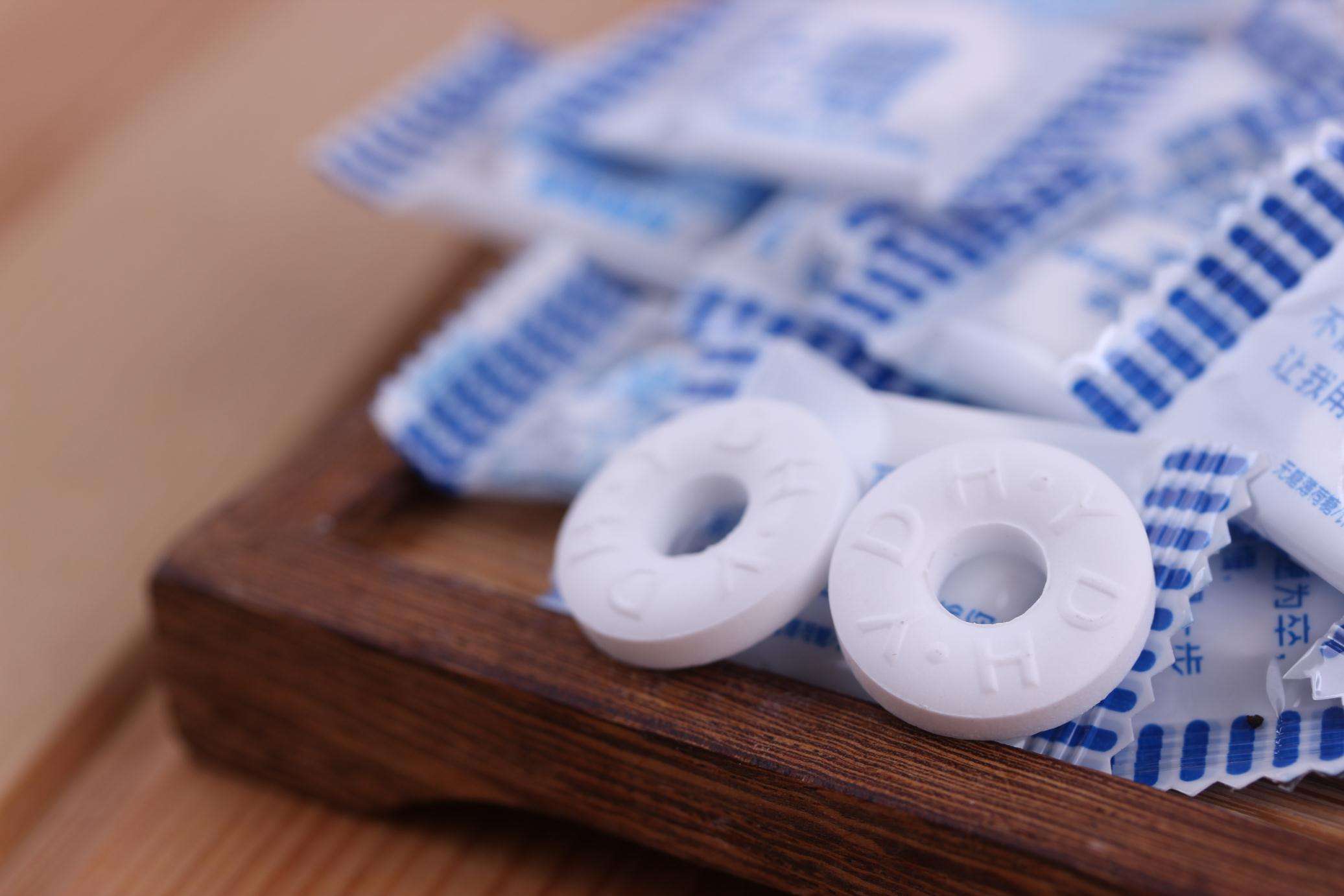
Menthol and its related cool compounds can act as a temperature sensor for human bodies, and make cold sensors cool people. Again, these products also give the product a sensation of heat or tingling. If the concentration is high enough, menthol and pepper can make a person feel hot. In this case, it can stimulate the nerves and feel the heat, and it can also make you feel cool. Recently (2001), Gordon Reid and Maria-Luiza Flonta in Bucharest found that some of the intrinsic ions in the sensory neurons of the mouse were activated by a moderate sense of coolness. These phenomena exist in the cold sensor, such as the use of menthol stimulation, converted to sustained low temperature, which is regulated by calcium ion, this phenomenon is very important to produce cold. Early models pointed out that menthol stimulated cold sensors and blocked calcium channels, resulting in a reduction in intracellular calcium and inhibition of calcium ion channels. Reid has said that the entrance is menthol stimulation such as calcium ions, and the concentration of calcium in neurons of the cold greatly increased. Therefore, the cooling effect of menthol can be simply described as activating the calcium ion current in the cold sensor.
In the March 2002 Nature journal, McKemy, Neuhausser & Julius described and cloned a menthol sensor located in a trigeminal neuron that responded to stimuli from a cool to cold range. The cooler and mint sensor, CMR1, is part of the TRP excitatory nerve pathway. It acts as a transmitter in the body's sensory system. The discovery and they used for VR1 and VRL-1 thermal sensor discovery, shows how TRP neural channel temperature sensing in certain Wei Fan, as well as the peripheral nervous system of mammals is how the perception of temperature stimulation.
In the same issue, CharlesZucker explained that cool ion channels can help unlock the neural system's ability to encrypt and decrypt temperature information.
Similarly, AndreaPeier describes and cloned TRPM8, a cool sensor that responds to cold and some cool agents.
In March 2000, Viana and his collaborators showed that the cold sensor was not a specific group of conducting tissue, but a mixed ion channel of a part of the sensory neuron tissue.




